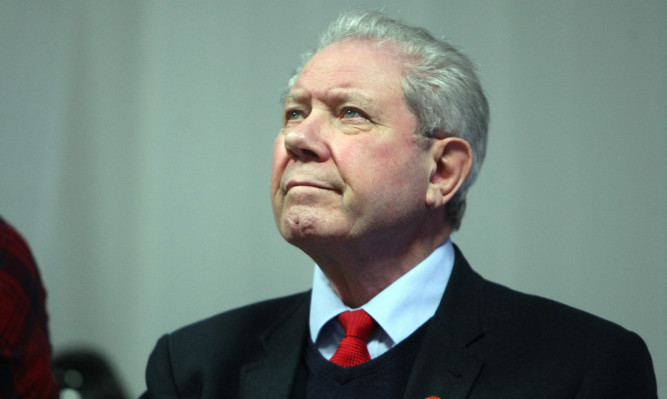Former SNP deputy leader Jim Sillars has called on nationalists to put aside “blind loyalty” and vote against the party in the EU referendum.
The veteran nationalist and Yes campaigner has published a booklet urging those who voted for Scottish independence to back Brexit in June.
He argues that nothing will change for the independence movement if EU membership is maintained.
Writing in the Herald, Mr Sillars said: “The SNP position does not make sense; its tactical analysis is poor, and its posture on the consequences of the result is simply incoherent.
“The UK remaining within the EU is self-evidently counter-productive to the independence movement; the idea that Scotland voting to stay, while England and the rest vote to leave, would trigger a referendum is not only fanciful but undermined by the SNP decision to take the debate down south.”
Speaking as he launched the booklet, he added: “While I believe that SNP policies for the governance of Scotland are right, I am equally certain that their position on the European Union is wrong.
“This means nationalists face a challenge; separating their loyalty to the party from their loyalty to the cause of independence.
“They should vote for the SNP in May and against them in June.
“When assessing what outcomes will advance the cause of independence, objectivity and logical analysis, not blind loyalty, will be required.”
He continued: “Staying in the EU keeps us in the trap of EU hostility to Scottish member state status, expressed so forcibly in 2014.
“Voting to leave gets us out of that trap and opens up a much better option in the form of an association agreement.
“Leaving the EU delivers what member state status cannot – real independence on key policies, controlled only by ourselves and the unfettered ability to make our own laws. It’s called sovereignty and nationalists used to support it.”
